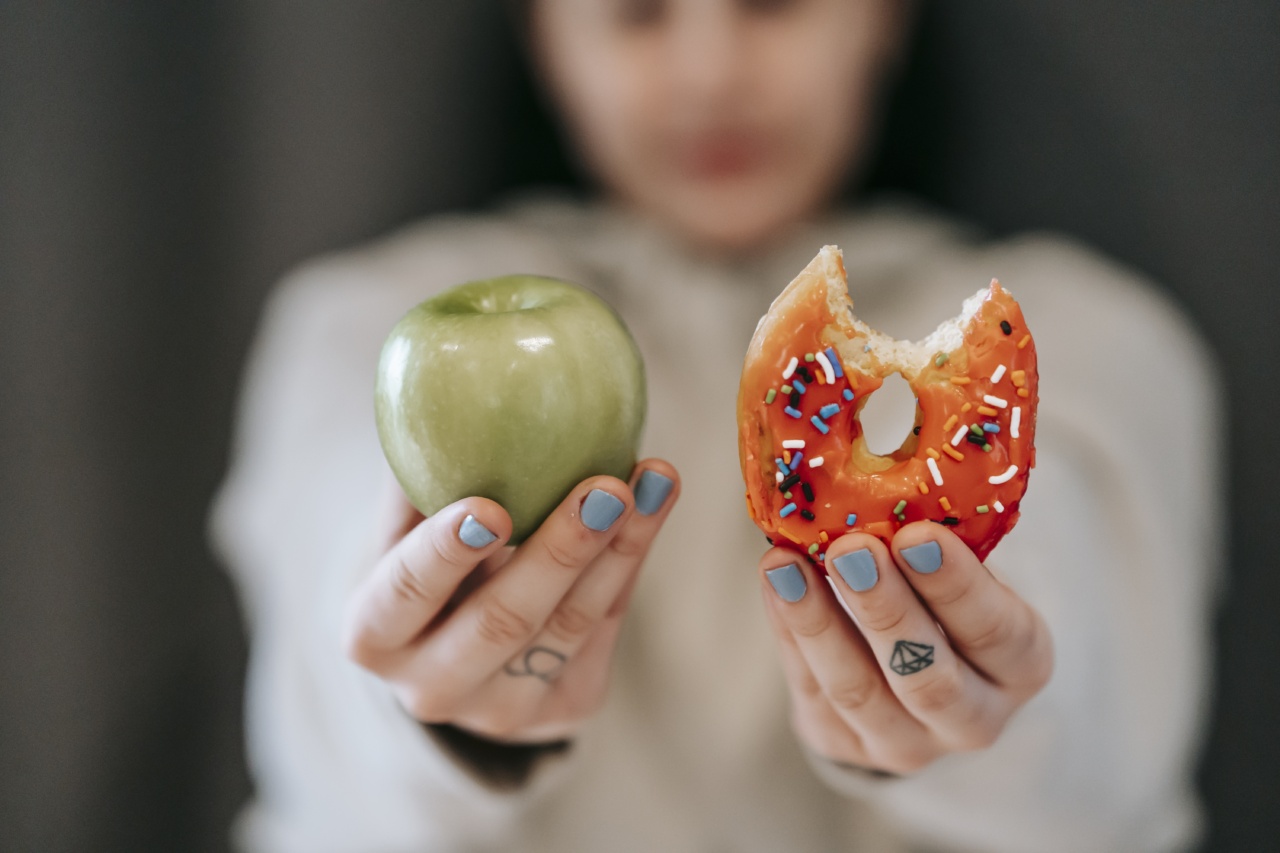Sugar is everywhere. From the obvious culprits like candy, soda, and baked goods to the less obvious sources like condiments, yogurt, and bread.
It’s easy to consume more sugar than you realize, but the consequences of a sugar-heavy diet can be devastating for your health.
The World Health Organization recommends that adults consume no more than 25 grams (6 teaspoons) of added sugar per day. Unfortunately, the average American consumes around 77 grams (19 teaspoons) of added sugar per day.
This overconsumption of sugar is linked to a higher risk of obesity, type 2 diabetes, and other chronic health conditions.
Why Is Sugar So Addictive?
Sugar is highly addictive because it activates the pleasure centers in our brain. When we eat sugar, our brain releases dopamine, which makes us feel good.
Over time, the brain becomes desensitized to the dopamine, and we need to consume more sugar to achieve the same pleasurable effect. This creates a vicious cycle of sugar cravings and overconsumption.
The Benefits of Reducing Sugar Intake
Cutting back on sugar can be challenging, but the benefits are numerous:.
- Weight loss: Cutting out sugar can help you lose weight or maintain a healthy weight.
- Improved energy: Sugar causes blood sugar spikes and crashes, which can leave you feeling tired and sluggish.
- Better mood: Sugar consumption has been linked to depression and anxiety, so reducing sugar intake may improve your mood.
- Reduced risk of chronic health conditions: High sugar intake has been linked to obesity, type 2 diabetes, heart disease, and other chronic health conditions.
How to Reduce Sugar Intake
Reducing sugar intake doesn’t mean you have to give up all sweets and treats. It’s all about making healthier choices and finding alternatives to sugar-laden foods. Here are some tips:.
1. Read Labels
Start by reading food labels for added sugars. Look for ingredients like high fructose corn syrup, cane sugar, corn syrup, and dextrose. Choose foods with little to no added sugar whenever possible.
2. Avoid Processed Foods
Processed foods are often high in added sugars. Examples include soda, candy, packaged snacks, and baked goods. Choose whole foods like fruits, vegetables, whole grains, and lean proteins instead.
3. Sweeten Foods Naturally
Instead of adding sugar to foods, try sweetening them naturally with fruit, honey, or maple syrup. These natural sweeteners are less processed and contain more nutrients than refined sugar.
4. Watch Condiments
Condiments like ketchup, barbecue sauce, and salad dressing can be high in added sugars. Choose low-sugar or sugar-free options whenever possible, or make your own condiments at home.
5. Choose Low-Sugar Breakfast Options
Many breakfast foods are high in sugar, like cereal, pastries, and flavored yogurt. Instead, opt for high-protein breakfasts like eggs, oatmeal, and whole grain toast.
6. Mindful Eating
Practice mindful eating by savoring your food and being present in the moment. This can help you tune in to your body’s hunger signals and prevent overeating. It can also help you enjoy your food more and reduce cravings for sugary snacks.
Conclusion
Reducing sugar intake can be one of the most beneficial things you can do for your health. It doesn’t mean you have to give up sweets altogether, but rather make healthier choices and find alternatives to sugar-laden foods.
By reading labels, avoiding processed foods, sweetening foods naturally, watching condiments, choosing low-sugar breakfast options, and practicing mindful eating, you can reduce your sugar intake and improve your overall health and well-being.





























